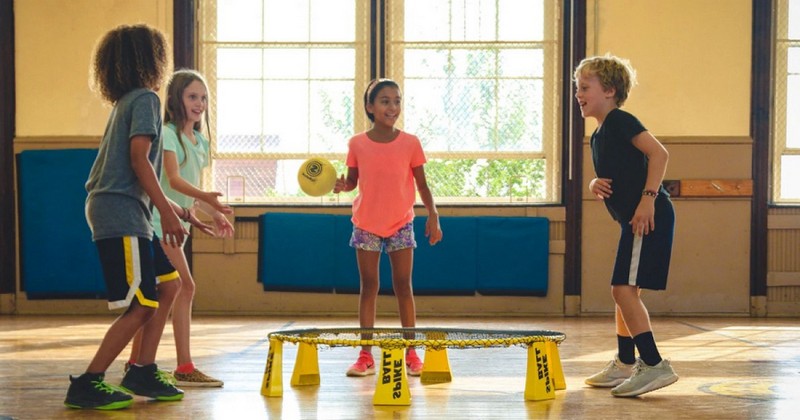What is inclusion and how is it embodied in education?

A reflection on the meaning of the term "inclusion" and what it implies in the educational world.
What is inclusion? That is the first question we should solve to be able to unravel all its meaning and how far it can go.
Sometimes, we can find ourselves confused about the real meaning of this word and we confuse it, using indistinctly the word integration and inclusion without seeing the difference between them.. For this reason, I want to start at this point ..... What is integration? What is inclusion?
Inclusion and integration
Between these two terms there are substantial differences that directly affect the practice and human rights of children. They do not seek the same objectives or ends and, therefore, they do not use the same means to reach the end..
When we talk about integration, it implies the non-exclusion of any member of society. If we refer to this term, related to education, we are referring to taking into account that boys and girls should be in school, without distinction, but? under what conditions? This is where a new term appears. Segregation, which implies grouping students by their needs, by their diagnosis, by their age, and by their level of education, but the term "inclusion" implies much more..
However, the term inclusion implies much more. Knowing what integration is, we can say that inclusion implies everything that integration is, but we also become aware of its implication and we put all the necessary resources and strategies to carry it out.
Inclusion implies, in addition to being part of it, belonging to it.. And in addition to belonging, it implies making present that the rights belong to everyone and it is our obligation as a society to facilitate the achievement of each of them by each of the members of society.
As a legal reference, we have the royal decree signed by Spain (UNESCO, 2015) that approved the Incheon Declaration and that sets Education 2030 as a horizon. In it, it tells us that we must promote learning opportunities for all our students regardless of any of their conditions, and also that these should be of quality and throughout life for everyone and in all educational contexts and levels.
The real difficulty for our school to be inclusive is not in the policies, nor in the resources or lack of them, or in the ratios, the characteristics and peculiarities of the students? The real difficulty lies in the questioning of our teaching practice.. In looking at ourselves, in observing our students, in looking beyond.
That is, if our gaze is cleansed of prejudices and is willing to look at the child from the ethics of our work, the ethics of caring for ourselves and the child, we can change our class, its methodology, its accessibility, its design and we can implement inclusive practices that manage to develop the full potential of each of our students, ensuring the basic principles of inclusion.
What is inclusive schooling?
The inclusive school aims to achieve a school for all, based on participation and non-discrimination.. With this term, a more meticulous perspective is given to education, highlighting:
- The fundamental right of all to receive a quality education.
- Diversity is considered as a reality of every person, making it clear that every person is different, unique and different from the other, but with the same rights.
- The ordinary environment, that is, the ordinary school, is the most realistic, natural and effective environment to develop an inclusive education, where participation and coexistence are essential in everyday life.
- It promotes the involvement of all the agents of the educational community. Without this participation the school is built without its pillars and if so, the chances of it faltering are high.
Over the decades we have observed that:
- The terms were clear almost from the beginning and that little by little we have, at least tried, to put them into practice, but without great success in Spain.
- It is not a methodology, nor a pedagogy, but an attitude, a philosophy, a system of values and beliefs of each of the people who are part of the framework of education, health, family, school, society.
In reality, what we can and should do is to open our eyes to the world around us, to be able to look at people, to raise our eyes, to remove the blindfold to look in front of what makes us uncomfortable, hurts us or what we do not know how to face due to ignorance, lack of information or fear. To ask them, the students, to make them participate in our doubts, to count on the families to help us to clear up our doubts. to help us clear them up and to question ourselves about how we have done so far and how we think we could improve. Our view is the key.
It is a personal work and it is necessary for us to get going.
It is not about fitting people into systems, but rather about fitting environments for people to grow, flourish, thrive, thrive, fulfill themselves and be part of society.Does integration guarantee this? Well, as we have seen, no. The integration system guarantees education, but not equitable. Can we achieve inclusive education? I am convinced that yes.
Author: Irene De La Granja Muñoz, Teacher in Special Education and member of the Psychopedagogy area of Centro TAP.
(Updated at Apr 12 / 2024)